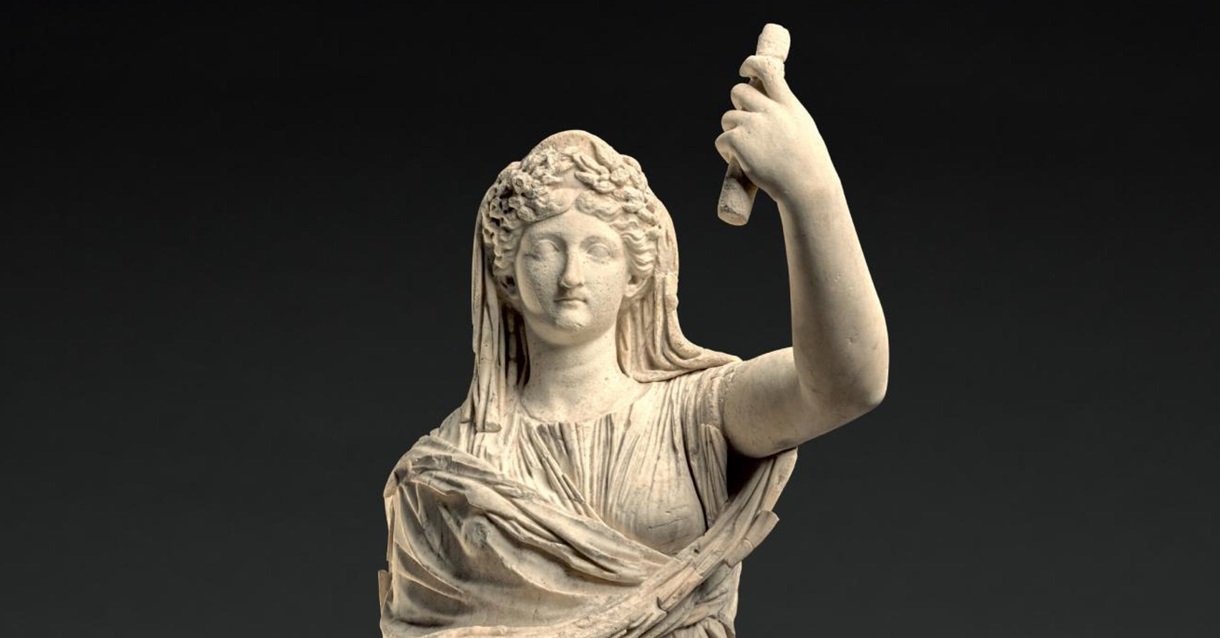Adding New Dimensions to Sculpture Classes for Kids Aged 4-7

Incorporating fresh and innovative ideas into sculpture classes can significantly enhance the learning and creative experience for children aged 4-7. Here are some exciting concepts to consider:
Themed Sculpture Projects: Introduce themes that resonate with children, like animals, nature, or favorite cartoon characters. Themed projects can make the sculpting process more engaging and relatable.
Interactive Storytelling with Sculptures: Combine storytelling with sculpture. After creating their pieces, children can use them to tell a story. This approach not only fosters creativity but also develops narrative skills.
Group Sculpture Projects: Encourage collaborative projects where children work together to create a larger sculpture. This teaches teamwork, sharing, and cooperation, alongside artistic skills.
Exploring Different Cultures Through Sculpture: Introduce sculptures from different cultures around the world. This can be an excellent way for children to learn about and appreciate global diversity.
Nature-Based Materials: Use natural materials like leaves, twigs, and stones in sculpting projects. This not only promotes eco-friendliness but also helps children connect with nature.
Integrating Technology: Utilize simple digital tools or apps that can complement the physical sculpting process. For instance, an app that allows children to visualize their sculptures in a digital space.
Sensory Sculpture Days: Dedicate sessions to sensory exploration, using materials with varied textures, temperatures, and consistencies. This can be particularly beneficial for sensory development.
Parent-Child Sculpture Workshops: Occasionally, organize workshops where parents and children can create together. This promotes family bonding and gives parents insight into the creative processes of their children.
Exhibitions and Showcases: Host small exhibitions or showcases where children can display their sculptures. This not only celebrates their achievements but also boosts their confidence.
Feedback and Reflection Sessions: Incorporate brief sessions where children can talk about what they made and what they learned. This reflection is crucial for cognitive and emotional development.
By integrating these ideas into sculpture classes, we can create a more dynamic, educational, and enjoyable experience for young children, catering to their developmental needs while fueling their natural creativity.
